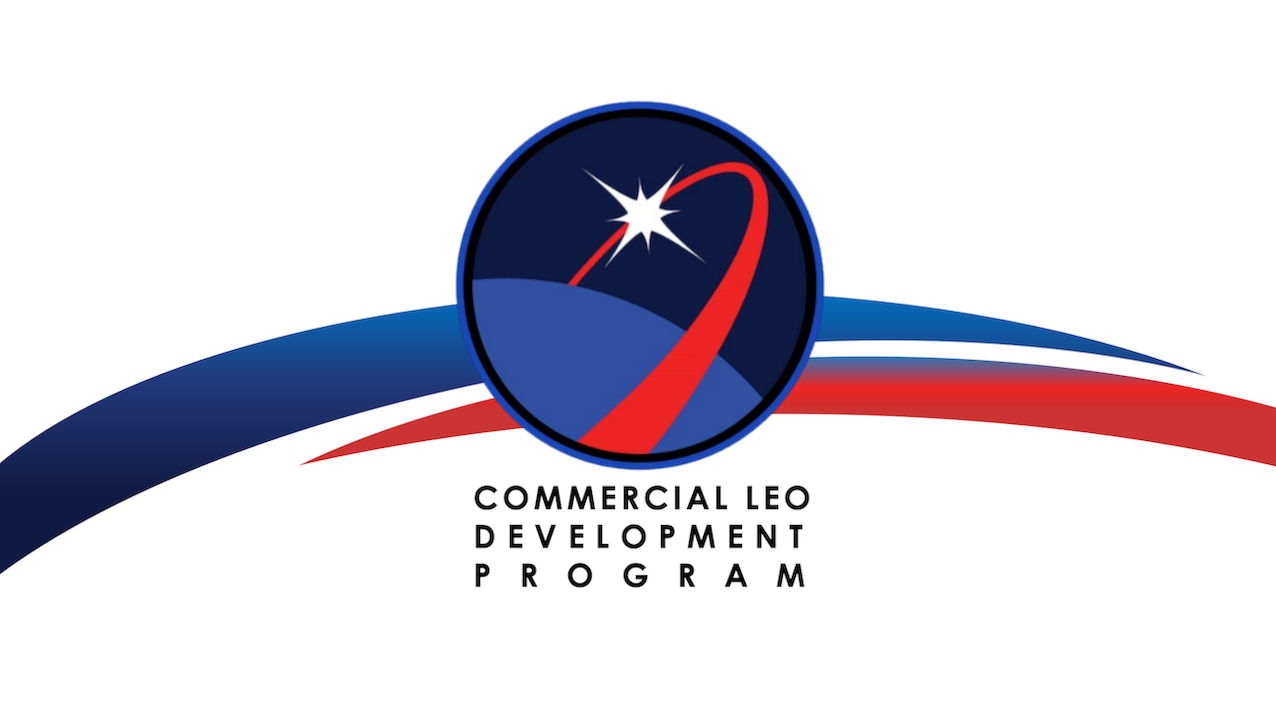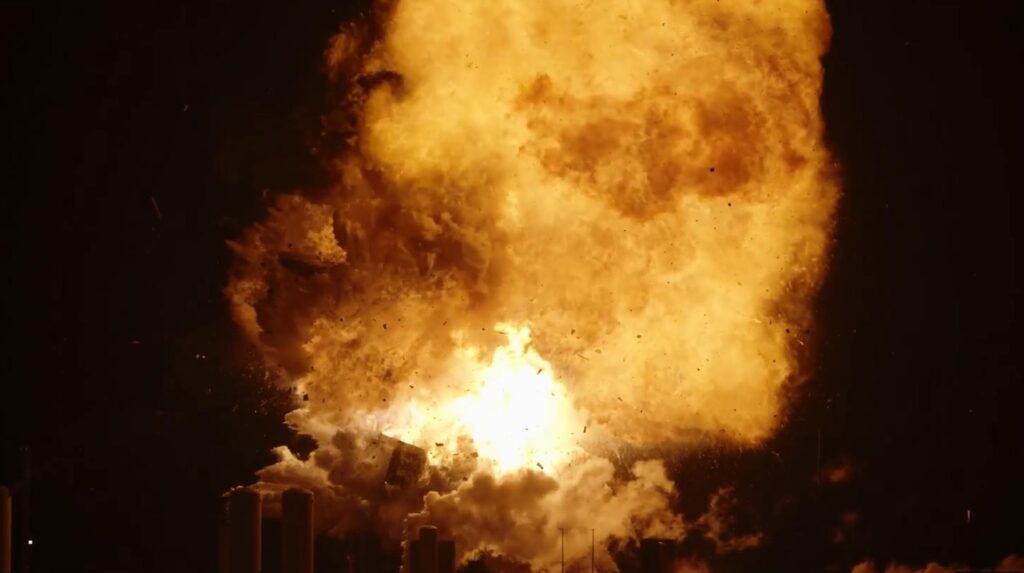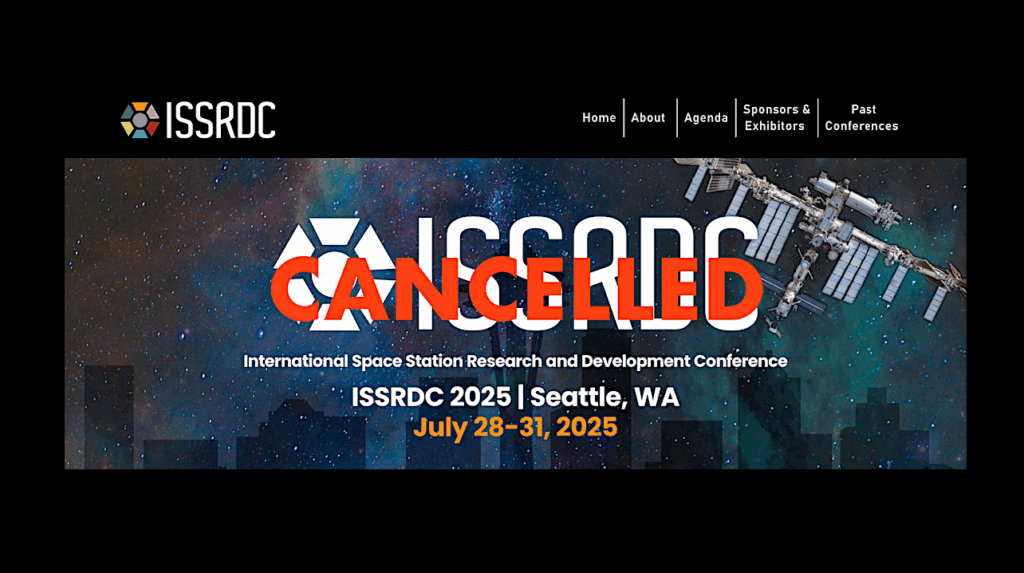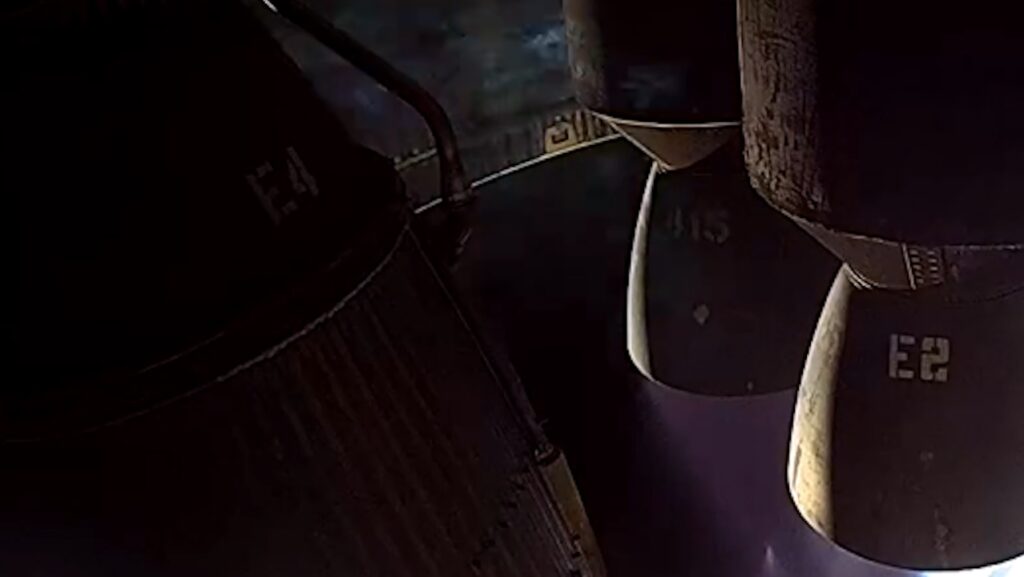NASA Commercial LEO Space Stations Acquisition Strategy

Keith’s note: according to a 31 July 2025 NASA Directive titled “Directive on Revised Commercial Low Earth Orbit (LEO) Destinations (CLD) Phase 2 Acquisition Strategy“ (see below) says “To ensure mission continuity, affordability, and national alignment, this directive includes accountability measures, transition planning, and performance metrics for industry participation. The CLD Program shall support commercial viability while enabling NASA’s safe and sustainable transition from ISS operations.”
July 31, 2025
TO: Officials-in-Charge of Headquarters Offices
Directors, NASA Centers
FROM: Acting Administrator
SUBJECT: Directive on Revised Commercial Low Earth Orbit (LEO) Destinations (CLD) Phase 2 Acquisition Strategy
Executive Summary:
- On May 30, 2025, the President’s Budget Request (PBR) for FY2026 was released which included $272.3 million for FY2026 and $2.1 billion over the next 5 years for the development and deployment of new commercial space stations.
With the plan to end operations and deorbit the International Space Station (ISS) by 2030, a more cost-effective LEO platform replacement is required to continue human space operations in LEO. - To reduce the potential for a gap of a crew capable platform in LEO, it is important to move quickly in the acquisition using available funds.
- To meet the goals of a commercial system within the proposed budget, a modification to the current approach for LEO platforms is required as specified in the remaining sections of this directive.
- To ensure mission continuity, affordability, and national alignment, this directive includes accountability measures, transition planning, and performance metrics for industry participation. The CLD Program shall support commercial viability while enabling NASA’s safe and sustainable transition from ISS operations.
Background:
The Commercial LEO Development Program’s (CLDP) previous acquisition strategy, which was approved on December 6, 2024 at an Acquisition Strategy Meeting (ASM), consisted of two phases.
Phase 1 Summary:
- Phase 1 included a firm fixed price contract to Axiom Space to design and develop commercial modules which will initially attach to ISS and then detach prior to ISS retirement.
- Phase 1 also included two funded Space Act Agreements (SAAs) for the development of commercial free-flying destinations. These funded SAAs are with Blue Origin (in partnership with Sierra Space) and Starlab Space (a joint venture between Voyager Space and Airbus). Northrup Grumman withdrew from their funded SAA and became a team member of Starlab Space.
- Phase 1 also included unfunded SAAs to advance commercial LEO space-related capabilities with Northrop Grumman, Blue Origin, Sierra Space, SpaceX, SAS, Think Orbital, and Vast Space.
Original Phase 2 Proposal:
- During the December ASM, the CLD Phase 2 acquisition was approved to proceed as a full an open competition for a FAR based firm fixed price contract that included NASA certification and CLD services.
- The Phase 2 CLD strategy was approved by the ASM Chair as a high-risk acquisition since the strategy would require a budget overguide. The ASM moved forward with a $4B budget shortfall.
Required Next Steps:
- Upon performing a reassessment, Space Operations Mission Directorate (SOMD) and CLDP have determined the CLD acquisition strategy must be altered. Instead of moving forward in Phase 2 with a firm fixed price contract for CLD certification and services, NASA will continue to support U.S industry’s design and demonstration of CLDs with multiple funded SAAs for the next phase. NASA will shift the formal design acceptance and certification planning acceptance from this SAA phase to a follow-on certification phase.
- Utilizing SAAs for the next phase better aligns with enabling development of US industry platforms. It provides greater resources for industry to align schedule with NASA’s needs. SAAs also provide more flexibility to deal with possible variations in funding levels without the need of potentially protracted and inefficient contract renegotiations.
Required features of this SAA Phase:
- Utilize NASA’s funded Space Act Authority to grant maximum flexibility to industry to efficiently design and develop free flying platforms in low-earth Orbit.
- Include 3-year base period of performance with optional milestones up to 5 years total.
- Full and open competition to all interested parties.
- SAA scope should include milestones maturing CLD systems to CDR readiness and then an initial in-space crewed demonstration. Flexibility should be granted to industry regarding the extent of demonstration capability (this in-space crewed demonstration would be non-NASA crew).
- Provide industry with maximum flexibility in deciding whether to include transportation and other supporting functions or capabilities as part of their end-to-end service offering.
- International space agencies are welcome to make direct agreements and/or partnering arrangements with CLD providers during this phase or any subsequent phases.
- Ability to award a minimum of two – preferably three or more – providers within six months of the release of the AFP.
- Payments via milestones with no less than 25% of the total agreement value paid after a successful in-space crewed demonstration.
- Flexibility to NASA to award SAA value based on proposed industry capability and availability of funds.
- Awardees under Phase 2 SAAs shall provide cost-realism assessments, affordability strategies, and co-investment plans.
SAA recipients should demonstrate interoperability with commercial crew and cargo services, and alignment with broader national and interagency human spaceflight goals.
The Certification Phase content is still being developed but is expected to be a separate, full and open competition for one or more providers (depending on budget and technical progress). The use of FAR-based contracts will enable application of NASA safety requirements to the commercial developed systems. The specific acquisition strategy is still under consideration.
The end capability (previously called Full Operational Capability) originally required by NASA will no longer be binding. The minimum capability required will be for 4 crew for 1-month increments. In addition, the LEO Microgravity Strategy, as published by NASA during the latest administration transition, is not binding.
SOMD is granted approval to revise its previously approved acquisition strategy, and to proceed with the CLD competition planning and implementation for both the CLD Demonstrations and Certification.
Actions to NASA OICs:
- Within 60 days of this directive, SOMD shall issue a new Phase 2 Announcement for Proposal (AFP) to industry. A delta ASM is not required. SOMD will lead the program with support from Office of General Counsel and Office of Procurement to process the funded SAAs.
- SOMD shall develop and publish a CLD Performance Metrics Plan that includes CDR readiness timelines, demonstration success criteria, and operational handoff benchmarks.
- SOMD shall ensure that the Phase 2 architecture includes affordable and scalable design approaches, enabling sustainable access to LEO post-ISS.
- SOMD shall create a Public-Private Support Guide identifying NASA infrastructure, facilities, and data available to assist CLD SAA partners.
- The Partnerships Office and Chief Program Management Office are excused from participating.
- SOMD should work with the Office of Communications on a communications plan for the AFP rollout.
- NASA’s SOMD team will not exceed 25 Full Time Engineer (FTE) equivalents on a yearly basis and a maximum of 10% overhead cost to manage.
- Within 120 days, SOMD shall publish a Certification Transition Framework to outline requirements for moving from SAA to formal certification, including safety, human-rating, and operational integration.
Sincerely,
The Honorable Sean Duffy
Administrator (Acting)









Leave a Reply
You must be logged in to post a comment.